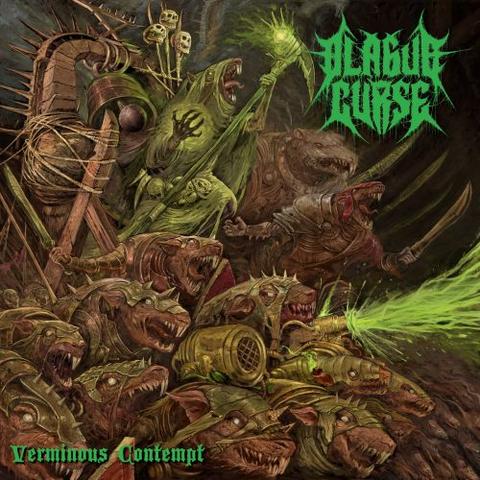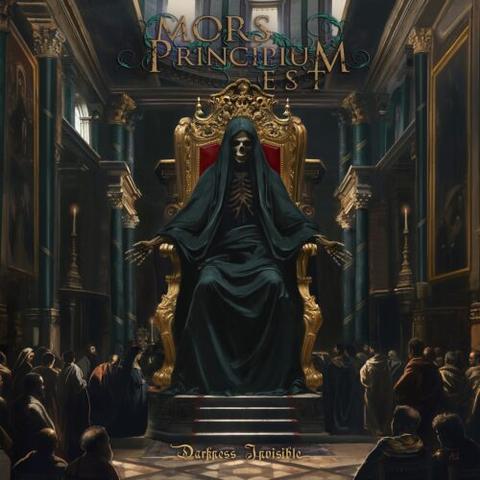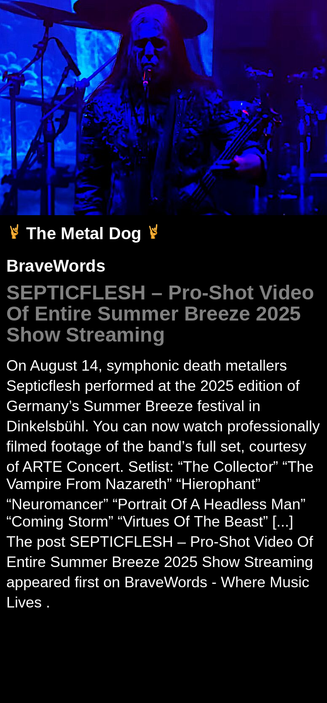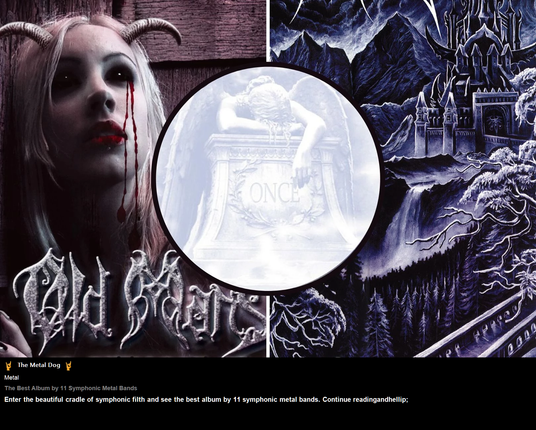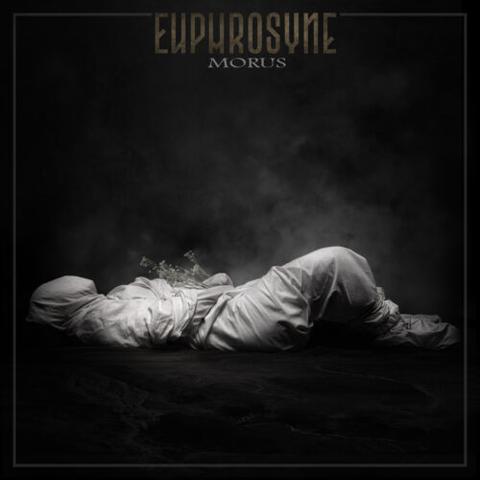Plague Curse – Verminous Contempt Review
By Spicie Forrest
We’ve all been told, once or thrice, not to judge a book by its cover. As a species, we’re pretty good at doing it anyway. In metal circles, band logos and album art often follow certain tropes that let us quickly identify what we’re about to hear and set expectations accordingly. Except when they don’t. When I first saw the cover art for Verminous Contempt, I thought I had it pegged. I mean, rats? Green mystery fluid? Skulls? This was sewage-drenched death metal for sure. I was, of course, wrong. For their debut, Plague Curse instead offers a highly polished platter of blackened death metal. Irregardless of genre, however, the only question that matters here is, does it slap?
The heart of Verminous Contempt beats death, but its blackened influences are plenty vital. Bolt Thrown riffs, courtesy of Joe Caswell (Burden of Ymir), and Neil Schneider’s fully automatic drums offer a tank tread massage on “In the Shadow of Hate” and “Procession of Dead,” while “Amidst the Devastation” and “Hate Fuck Of Fornication and Malice” get their meat hooks in you like Cattle Decapitation in an asylum. Guitar licks in the skeletal, dissonant veins of Morbid Angel or Pestilence add a hunted sense of unrest (“Nocturnal Cruelty,” “Callous Abomination”). This would make for a decent record on its own, but well-placed blackened tremolos coalesce and melt away throughout the album like specters in a fog. “Umbrage Earned” and “Of Fornication and Malice” open with hellish, blackened salvos of Archspired urgency, but what’s particularly noteworthy about the former—and true to varying degrees across all of Verminous Contempt—is the way the band twists and warps death metal instrumentation to fit over black metal structures. While much of this record sounds like death metal, “Umbrage Earned” reminds me more of Watain from a compositional standpoint. Verminous Contempt isn’t just black metal and death metal played next to each other; Plague Curse creates a true blend of the two.
The instrumentals on Verminous Contempt are nothing to sneeze at, and neither is Nick Rossi’s vocal performance. His lows evoke Suffocation or Septicflesh, while highs are closer to Cattle Decapitation or Mental Cruelty. Rossi even gets brutally low on “In the Shadow of Hate” and “Callous Abomination.” He’s got an impressive toolkit. And whether low, high, or somewhere in between, he’s phlegmy and wet, not unlike Lik. It brings an unrefined, unhinged edge to an album whose production is otherwise pretty clean. The added grit does wonders for Plague Curse’s sound, creating much-needed texture across Verminous Contempt. Rossi’s standout performance is occasionally a detriment, however, as a few instrumental sections struggle to hold their own in his absence (“Procession of Dead,” “Reigning in Ruin”).
Verminous Contempt is an energetic and dynamic album. Riffs abound, both searing like Spectral Wound (“Most Vile”) and crushing like Immolation (“Callous Abomination”). Whether slinging neoclassical hooks (“Most Vile”), creating blackened tension (“In the Shadow of Hate”), or expertly shifting tempo (“Reigning in Ruin”), Caswell can count on Schneider and bassist George Van Doorn to provide a solid foundation upon which to drive each track. Transitions are well-timed and flow seamlessly, making the album an enjoyable and smooth listen end to end. Even tastefully and sparingly added dissonance incorporates well into the broader picture (“Reigning in Ruin,” “Nocturnal Cruelty”). But with such obvious songwriting prowess and tight construction, it’s a little frustrating to trudge through several minutes that should have been left on the cutting room floor, including the last third of “Reigning in Ruin” and the entire outro “Oderint Dum Metuant.”
I picked up Verminous Contempt expecting Foetal Juice, but was instead treated to an impressive mix of some of metal’s meanest sounds. Like being blindsided with a brick, Plague Curse comes out swinging and, with the exception of a couple of competent slowdowns, never lets up. Between noteworthy vocals and frenetic yet controlled instrumentation, Verminous Contempt is an enjoyable and easily consumed album. On their debut, Plague Curse establish themselves as a vicious but accessible contender in blackened death circles. With a more enthusiastic scalpel and a little more attention paid to instrumental passages, Plague Curse could easily be a future cornerstone of the genre.
Rating: 3.5/5.0
DR: 6 | Format Reviewed: 320 kbps mp3
Label: Adirondack Black Mass
Websites: Bandcamp | Facebook
Releases Worldwide: October 10th, 2025
#2025 #35 #AdirondackBlackMass #Archspire #BlackMetal #BlackenedDeathMetal #BoltThrower #BurdenOfYmir #CattleDecapitation #DeathMetal #FoetalJuice #Immolation #InternationalMetal #LIK #MentalCruelty #MorbidAngel #Oct25 #Pestilence #PlagueCurse #Review #Reviews #SepticFlesh #SpectralWound #Suffocation #VerminousContempt #Watain
